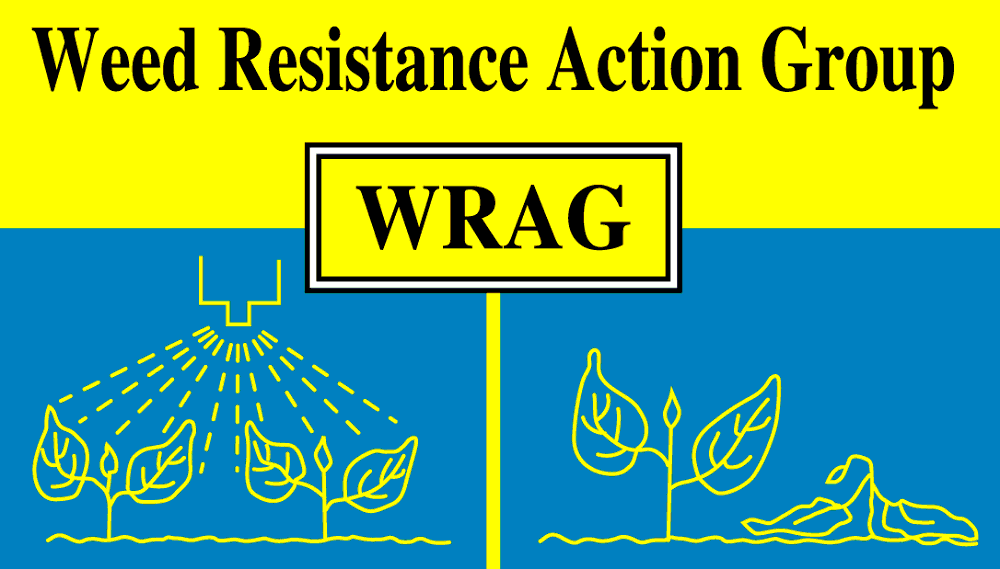- Home
- Knowledge library
- Managing the resistance risk to retain long-term effectiveness of glyphosate for grass-weed control in UK crop rotations
Managing the resistance risk to retain long-term effectiveness of glyphosate for grass-weed control in UK crop rotations
Summary
This work improved evidence and provided greater precision on the management of glyphosate resistance risks in grass weeds. In particular, the project aimed to quantify the four key management principles: prevent survivors, maximise efficacy, use alternatives and monitor success. The outcomes filled data gaps identified during the development of the Weed Resistance Action Group (WRAG) guidelines (first published in June 2015), with respect to greater precision on how much glyphosate can safely be used (to avoid resistance evolving), at what rates/timings and how that is mitigated by subsequent management.
The experimental work, which included multiple field-based and container-based experiments, used black-grass and Italian rye-grass to inform the key objectives. This five-year research project was required to fully test and verify the objectives. Resistance shifts are less likely to be detected in a shorter timeframe. However, a key aspect of the work was to establish what cost-effective treatments result in no survivors becoming resistant. Treatments were practical and field relevant.
The project investigated the two key risk periods of glyphosate application. Firstly (Objective 1), stubbles/pre-drilling, when multiple applications are applied. Secondly (Objective 2), between crop rows, when application would potentially be to larger plants and not followed by other risk mitigation. Additionally, Objective 3 ensured availability of within-season ‘live plant’ and seed tests – to determine treatment outcomes and assess whether survivors are due to resistance. Finally, practical management guidelines were agreed and communicated (Objective 4).
The results provided consistent and strong evidence on best application timing, rate and weed growth stage for optimal efficacy, therefore preventing survivors. Seed survivors, collected from experiments, showed a trend towards populations requiring a higher glyphosate rate when they had been exposed to a low rate at a large weed growth stage. In field situations, these survivors are likely to gradually build up the resistance to glyphosate in a population.
The overall key messages were:
- Optimum application timing for black-grass and Italian rye-grass is GS12–13
- Glyphosate rate >540g is critical for optimal control
- If target weeds are tillering (from GS21), a higher glyphosate rate (>720g) is required
- Temperature at application is extremely important (enhancing or reducing control)
- Cultivation of stale seedbed (depth 5 cm) is essential to increase black-grass control
- Maximum of two glyphosate application timings for a stale seedbed
This programme of work provides information to further underpin the WRAG guidelines to manage resistance, in particular quantifying the four key principles: prevent survivors, maximise efficacy, use alternatives and monitor success.
Downloads
PR631 final project reportRelated resources


